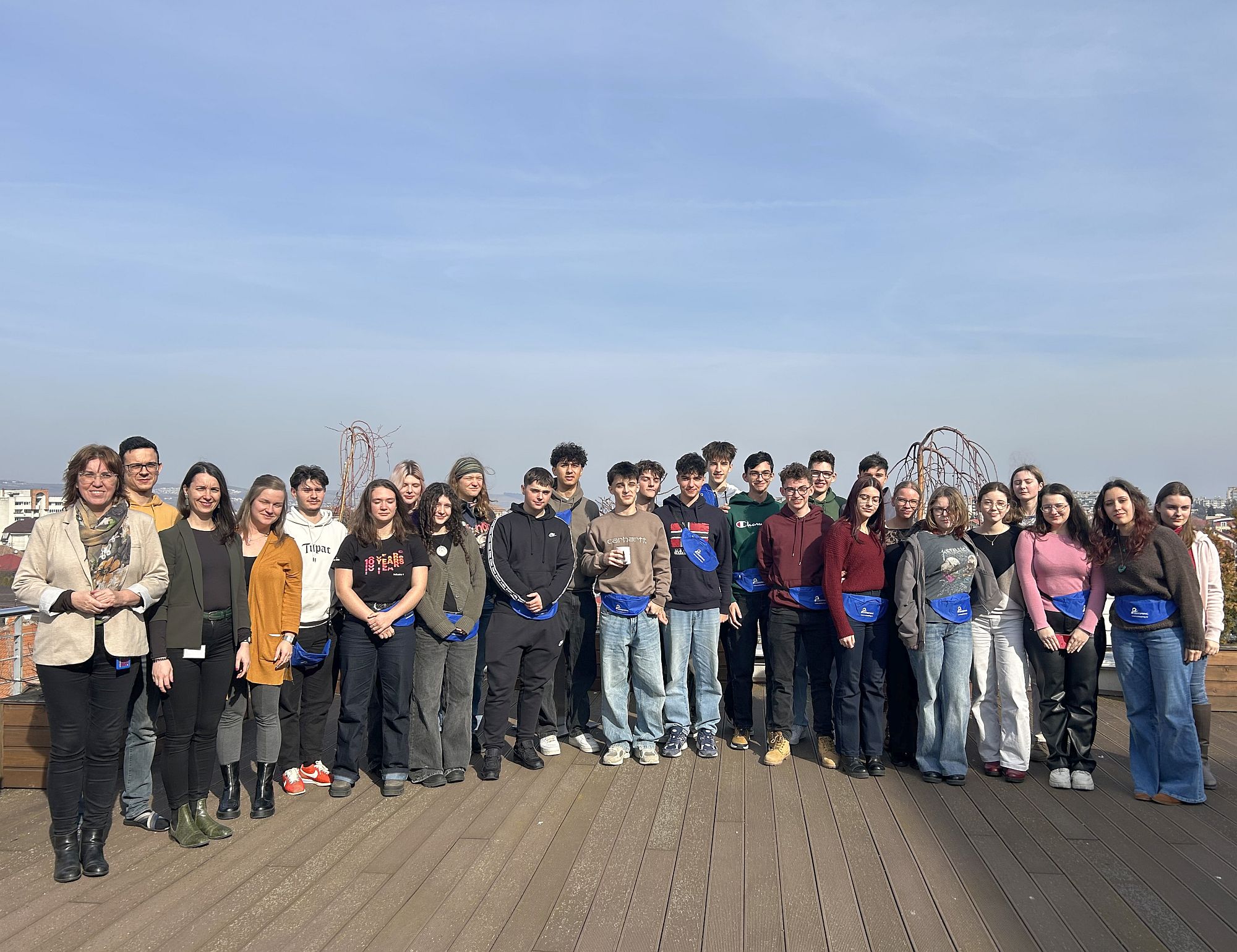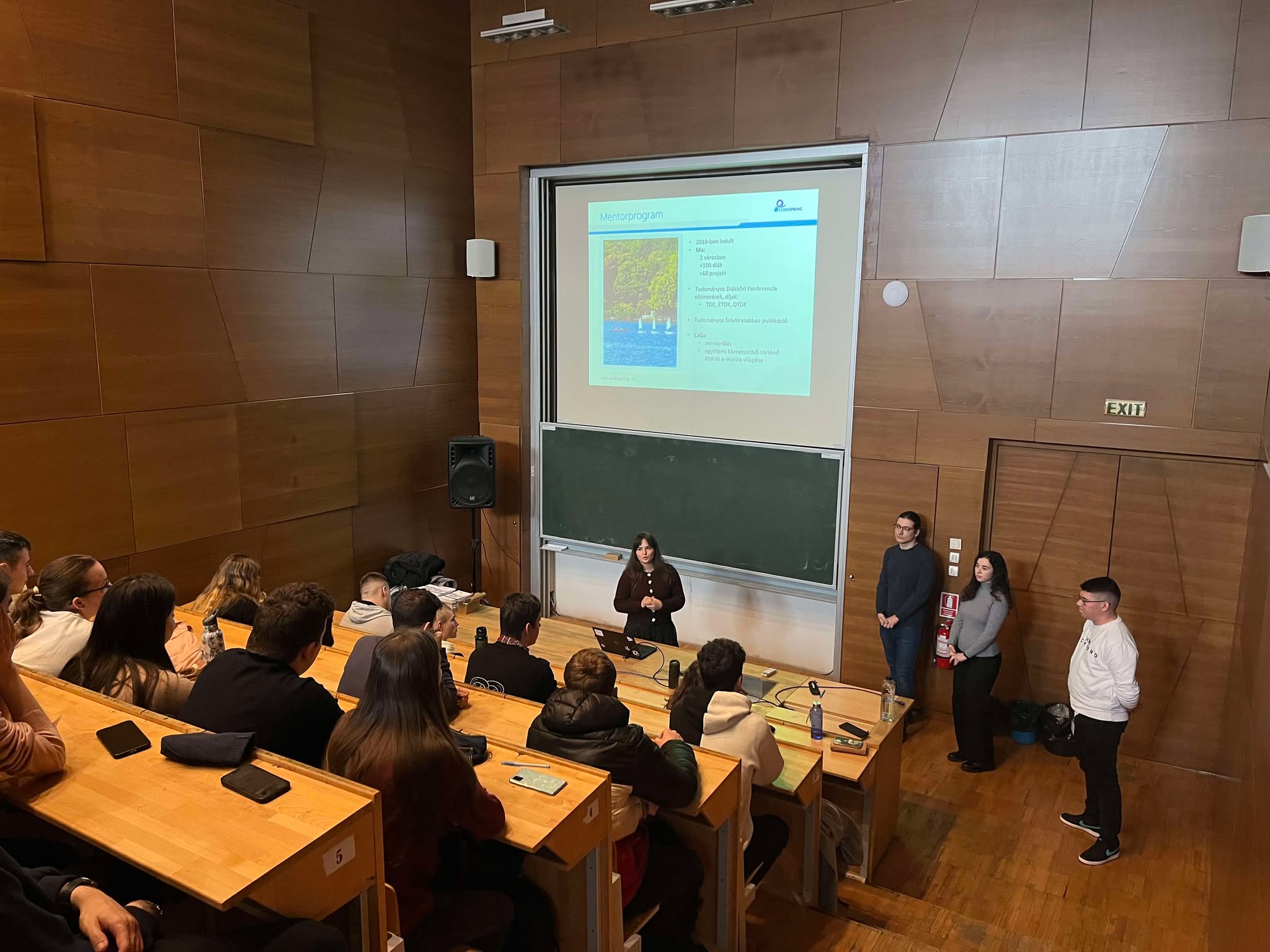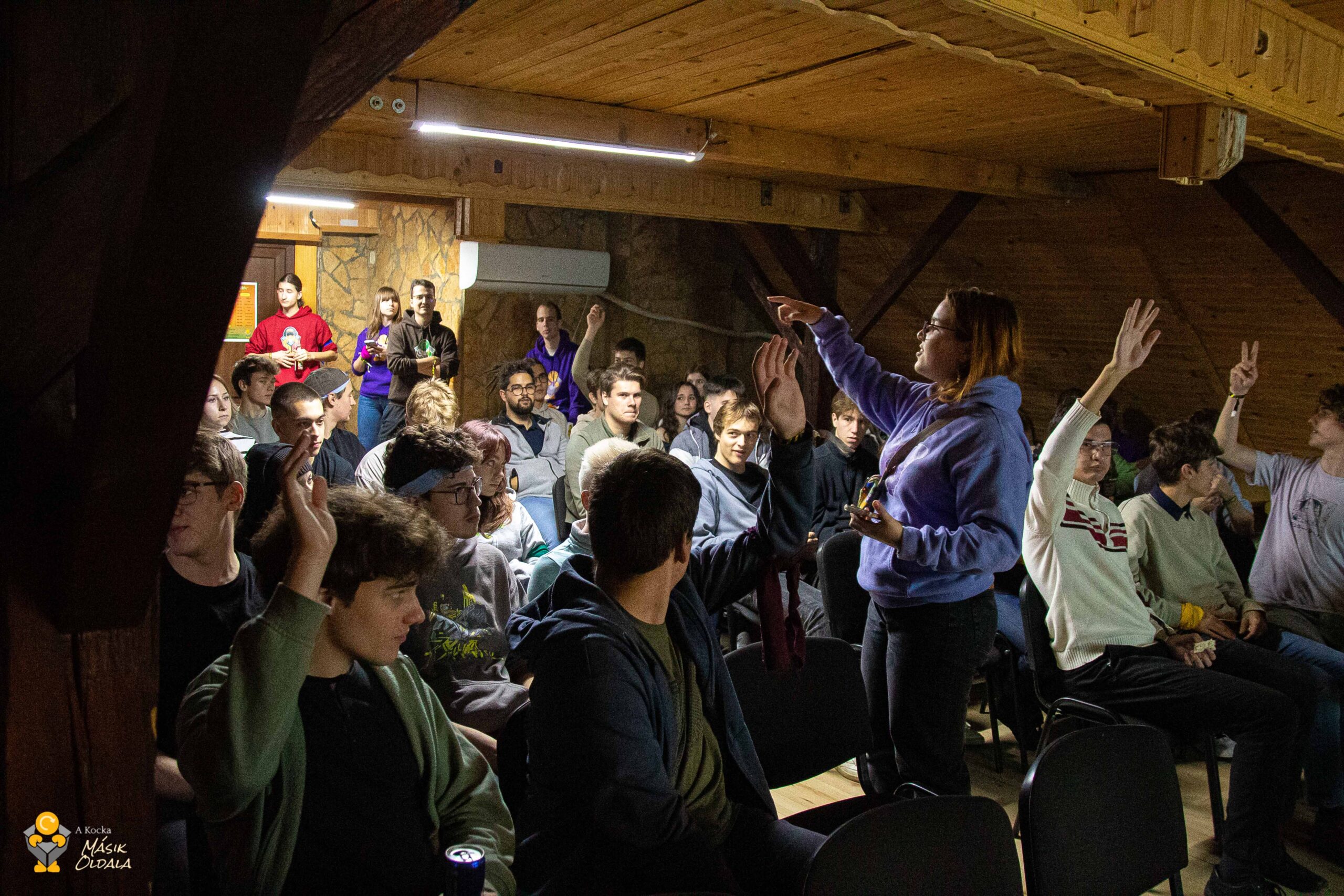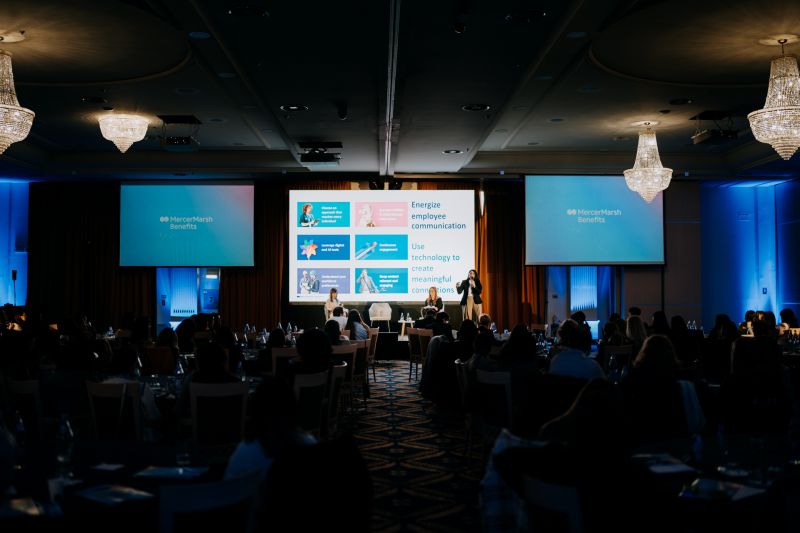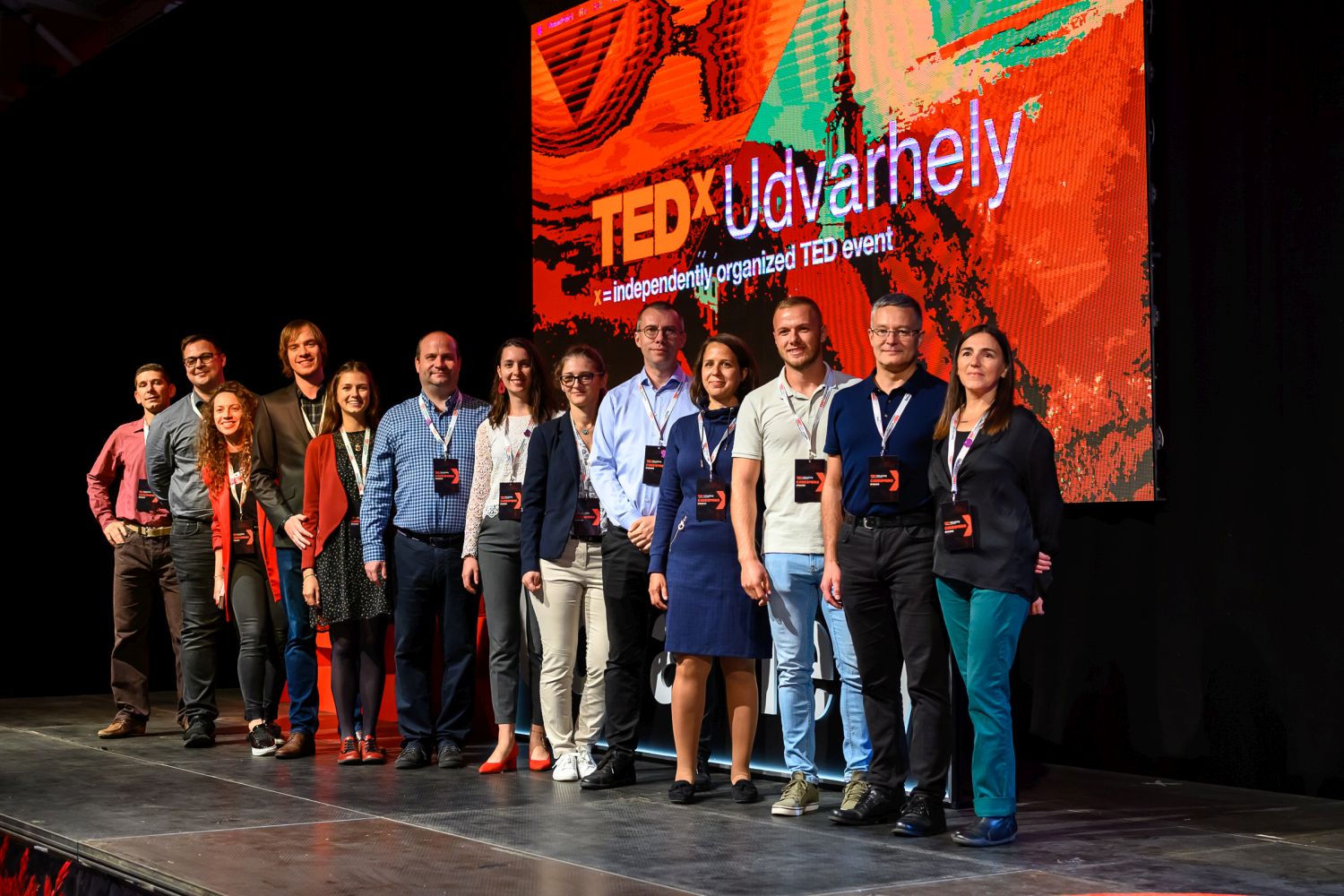The energy conservation and environemental stewardship are topics that have pursued people and businesses to rethink their way of using and obtaining power. IT companies and departments have quickly aknowledged that this sector is a high electricity consumer. Since then, large IT companies have embraced the role of both smart energy purchasers and promoters. The greater the pressure for „clean energies” the better they work for integrating global solutions.
Environmental challenges
Implementing greater control over water and energy consumption, greenhouse gas emissions and the use and disposal of hazarduous substances are the main issues to be adressed. Business executives have to decide upon those strategies that will prove beneficial both for the environemnt and the company.
One of the keys is to understand and measure the effects of all the processes and actions on the environment. For this relevant data must be collected and analysed in order to draw a consistent strategy. That is where many companies fail in there „green approach”. Information technology science is leading the battle for a cleaner environment. Dedicated software can process complex data and model various impact scenarios, up to delivering decisional data. And what strategy can beat the „leading by example” one?
IT companies as role models
Large IT companies have understood their responsibility in the challenge. Often the edge of science is wombed in these companies. Currently they are among the leading promoters of “smart energy use” systems in the world. According to the EPA (Environmental Protection Agency in the USA) Top Fortune 500 Green Partners, issues in April 2011, among the frist 70 ranks we found 18 information technology and telecommunications entities using from 3% to 100% Green Electricity Power source. As we can see the most used clean power source is the eolian energy. The second option is the biogas power resource, followed by solar energy. The world leader in Green Energy purchase and promotion, in annual usage and weight in total electricity use ( 88%) is Intel Corporation, who not only buys energy form various provider but has on-site generated power too. According to the total weight of green power usage in toal electricity usage, Advanced Micro Devices/Austin, TX Facilities leads the ranks with an overwhelming 102% score. This means it also provides energy in the smart grid. Closely following, IBM Corporation and Apple Computers are close to full green power usage. Yahoo Inc. also joined the ranks, reaching a 59% on its Santa Clara Campus. We also note that with a different business structure and deployment area, companies like Cisco Systems Inc., Dell Inc. and Oracle Corporation embraced the posture of “smart energy role models”.
More “smart” than “green”
These companies and their CEO’s have built an entire philosophy around corporate responsibility and the need for smart energy infrastructure. While analyzing the personal and corporate speeches, one can observe that it is not a blunt pro-green attitude that it is being promoted. Researchers cover a wider power source alternatives analysis and engineers design software meant to optimize the general enegy and material usage in the company.
“Efficient” and “sustainable” are the keywords for a long-term energy strategy. The knowledge acquired by IT companies and departments is now being offered to other industries and departments either as software systems or as consulting service. The whole range of “intelligent systems” is available for managing company buildings, telecommunications, transportations and power generators. Executives have to decide where to invest first and to have a holistic approach, because people and stakeholders alos are a factor to include in the equation. Everyone has to vote the “do more with less” mentality.
Energy-efficient IT infrastructure at Codespring
Under the leadership of a CEO with previous experience in the energy sector, our team strives for a smart-energy business model. At a smaller scale, we aim to deliver our efforts for a low-carbon footprint and for promting an environment-friendly attitude.
Starting with storage, data and server management solutions, Codespring offers to its domestic business & organizations customers the opportunity of connecting IT systems to business goals and objectives with minimal energy-use. Secondly, integrating communications proves to be a solution at-hand to diminish transporation costs and energy, by using online interaction platforms. In the offshoring process, this results in great time, materials and energy economies. A third energy-intensive element is the building and facilities park. There are several actions and measure that every business should take in order to diminish the energy consumption and to adopt alternative power sources.
Finally, an overall IT srategy may be put in place in order to build a smart energy business flow. Choosing performing cooling systems, electric-efficient consumers, low CO2 emission equipment and instrum ents that can monitor your energy usage are just the first steps in approaching the consistent smart energy IT strategy.
IT and software drive innovation
The rational use of natural resources is still governing the economists thinking. The industrial revolution has somehow lost this on its way. Luckily, we are now living the technology revolution and many of the production processes depending on power sources will be redefined. As Mr. Rick Ptak has declared for an IBM publication in 2009, a new role of chief information officers is to take the initiative of identifying “existing and emerging technologies to address green issues outside the data center.”
IT specialists and software engineers in collaboration with specialized energy engineers are the new generation of specialists that will redefine the global economic processes.
A new energy-grid is being shaped just while you are reading this paper.

